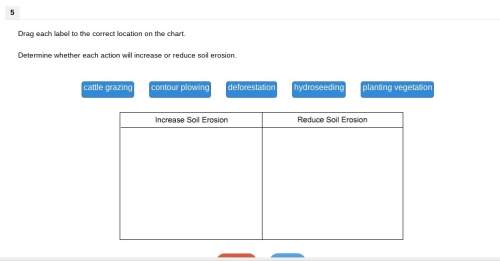
Biology, 31.01.2020 21:02 pineapplepizaaaaa
In alzheimer's disease, the brain damage is
a. diffuse
b. restricted to the basal ganglia.
c. restricted to the basal forebrain.
d. unilateral.
e. contralateral

Answers: 3


Other questions on the subject: Biology


Biology, 22.06.2019 14:20, gasparesparzajr
What term describes a doctor who becomes a specialist by meeting standards beyond those of getting a license and passing a test in the specialty area?
Answers: 1

Biology, 22.06.2019 19:30, jjjxxcsenone1034
How do high-energy electrons from glycolysis and the krebs cycle contribute to the formation of atp from adp in the electron transport chain? a. high-energy electrons interact with pyruvic acid to create a phosphate bond with adp, forming atp. b. high-energy electrons supply the needed energy to synthesize atp from the lower-energy adp in the electron transport chain. c. high-energy electrons supply a negative charge which causes the citric acid to oxidize, forming a phosphate group to bond with adp. d. high-energy electrons increase the temperature of adp so it easily reacts to form atp.
Answers: 2

Biology, 22.06.2019 22:00, ellathornburg
How does the closing of the ductus arteriosus and ductus venosus alter circulation in an infant? a. increases blood flow to the pulmonary artery and increases blood flow to the umbilical vein b. increases blood flow to the pulmonary artery and reduces blood flow to the umbilical vein c. reduces blood flow to the pulmonary vein and increases blood flow to the umbilical artery d. reduces blood flow to the pulmonary vein and reduces blood flow to the umbilical artery
Answers: 2
You know the right answer?
In alzheimer's disease, the brain damage is
a. diffuse
b. restricted to the basal gangli...
a. diffuse
b. restricted to the basal gangli...
Questions in other subjects:

Biology, 14.04.2021 20:00

English, 14.04.2021 20:00

English, 14.04.2021 20:00


Mathematics, 14.04.2021 20:00

Spanish, 14.04.2021 20:00

Mathematics, 14.04.2021 20:00



Mathematics, 14.04.2021 20:00




